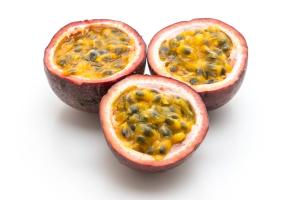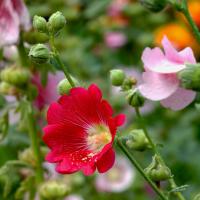When can you start planting tomato seeds
Tomatoes are one of the most popular fruits to grow in a home garden. They are great in salads, sandwiches, and a wide variety of dishes. If you are planning on planting tomatoes this year, you may be wondering when you should start planting tomato seeds. In this article, we will explore the best time to sow tomato seeds and how to ensure a successful harvest.
Timing is everything
The best time to plant tomato seeds depends on the climate where you live. In general, tomato seeds should be sown indoors six to eight weeks before the last expected frost in your area. If you are unsure of when that is, the Old Farmer’s Almanac has a useful frost date calculator that can help you determine the date in your region.
If you live in a warmer climate, you can start your tomato seeds earlier in the year. If you live in a cooler climate, you may need to wait until the end of April or early May to start your seeds. In general, it is best to wait until nighttime temperatures are consistently above 55 degrees Fahrenheit to transplant your seedlings to your garden.
How to start your tomato seeds
Starting tomato seeds indoors is a relatively easy process. All you need is a seed-starting mix, containers, and a sunny window or grow light. Fill your containers with the seed-starting mix, and plant the tomato seeds about ? of an inch deep. Water the seeds until the soil is moist, but not waterlogged.
For the best chance of success, keep your tomato seeds warm and evenly moist. You can place them in a warm location, cover them with plastic wrap, or use a heating mat to create a warm environment. Check the soil every day, and add water as needed. Once the seeds germinate, remove the plastic wrap or move the container to a sunny windowsill.
Transplanting your seedlings
Once your seedlings have reached a height of 2-3 inches, you can transplant them into larger containers or your garden. When transplanting your seedlings to your garden, choose a sunny location with well-draining soil. Dig a hole for your seedling that is slightly larger than the root-ball, and gently place the seedling in the hole. Cover the roots with soil, and water well.
Tomatoes are heavy feeders and benefit from regular applications of fertilizer. You can use a balanced tomato fertilizer or compost to ensure healthy growth. Mulching around your plants will help to conserve moisture and prevent weeds from competing with your tomatoes for resources.
In conclusion
Planting tomato seeds can be a rewarding experience, and with a little bit of planning, you can enjoy a bountiful harvest of ripe, juicy tomatoes. Remember, timing is everything when it comes to planting tomato seeds, so make sure to research the frost dates in your area before sowing your seeds. With the right care and attention, your tomato seedlings will grow into strong, healthy plants that will produce delicious fruit all summer long.

 how many times do yo...
how many times do yo... how many planted tre...
how many planted tre... how many pine trees ...
how many pine trees ... how many pecan trees...
how many pecan trees... how many plants comp...
how many plants comp... how many plants can ...
how many plants can ... how many plants and ...
how many plants and ... how many pepper plan...
how many pepper plan...































